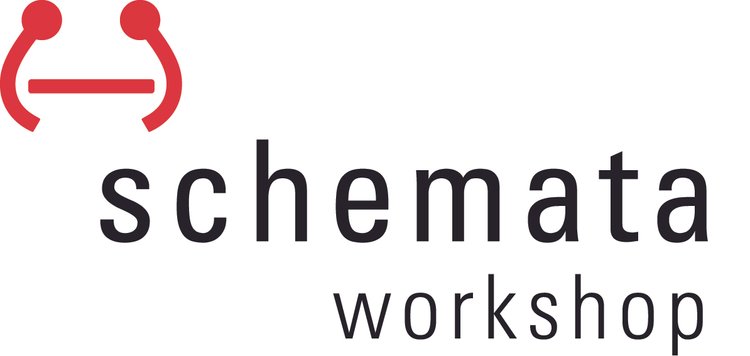There's an article on Mother Nature Network about the word Hygge (a Danish word) and how it can get you through winter. It's an interesting read that is pertinent not only as the days get darker but also as we enter the season of holidays and family and joy and giving. As the article points out, Denmark is a pretty great place to live statistically and maybe it's small things like Hygge that make it that way.
http://www.meettheboss.tv/blog/the-worlds-happiest-countries/
While there is no English equivalent for the word, I latched onto a loose translation of it as togetherness and well-being. It's similar to cozy, yet it comes from interaction instead of space. People are at the core of Hygge's meaning.
This togetherness may occur in Denmark during the darkest, longest nights but in its truest form, it's a part of everyone's consciousnesses. It's easy right now to be inspired to share this feeling with people around you, to give time and money to those less fortunate. This is a season of abundance in America, and it's true that people like to share when there's so much to give.
Hygge, though, is a year-round endeavor. People should feel cared-for and happy in any season, and while the article highlights slowing down, the focus should also be noticing those around you. If you never see the people who live next door, how can you feel connected to them?
Mira leading a tour of Lowell Elementary Students through the Schemata Office
Schemata is a firm that values community in the every day. It's not only our mission to listen to the people who our work directly affects, but also to have a presence in our local community with community service and by giving directly.
Our bicycling coworkers at National Bike to Work Day 2012
This year, through donations and community service, as a company and as individuals, the Schemata team has been honored to support the following organizations:
Alley Cat Project, Arcade, Big Brothers Big Sisters, Bellwether Housing, Bike Alliance of Washington, Capitol Hill Chamber of Commerce, Capitol Hill EcoDistrict, Capitol Hill Housing, Cascade Bicycle Club, Coyote Central, Evergreen Mountain Bike Alliance, Friends of Washington Music, Friends of Youth, Greater Seattle Business Association, Green Plate Special, Homestead Community Land Trust, Housing Development Consortium, Habitat for Humanity, InterIm CDA, KEXP, KUOW, Lowell Elementary School, Low Income Housing Institute, Mercy Housing, Mountaineers, Neighborhood House, New Futures, Northaven Foundation, PSKS, Plymouth Housing Group, PPUNC, ROOTS, Sawhorse Revolution, Seattle AIA (Design in Public, Women in Design, Women's Leadership Summit, Historic Resources Committee), Seattle Animal Shelter, Seattle Architecture Foundation, SCIDpda, Seattle Planning Commission, The Service Board, Washington Low Income Housing Alliance, Washington Middle School, Washington Trails Association, Wing Luke Museum, Women's Funding Alliance, YouthCare
Scott discussing construction with Sawhorse Revolution students
As our calendar's pause this week, and we look back over the year, there is much joy to be found. There are accomplishments to celebrate, new team members to welcome, and events to remember. Through it all though, we will try to continue to serve in our community, share our happiness, and lend our support.










































